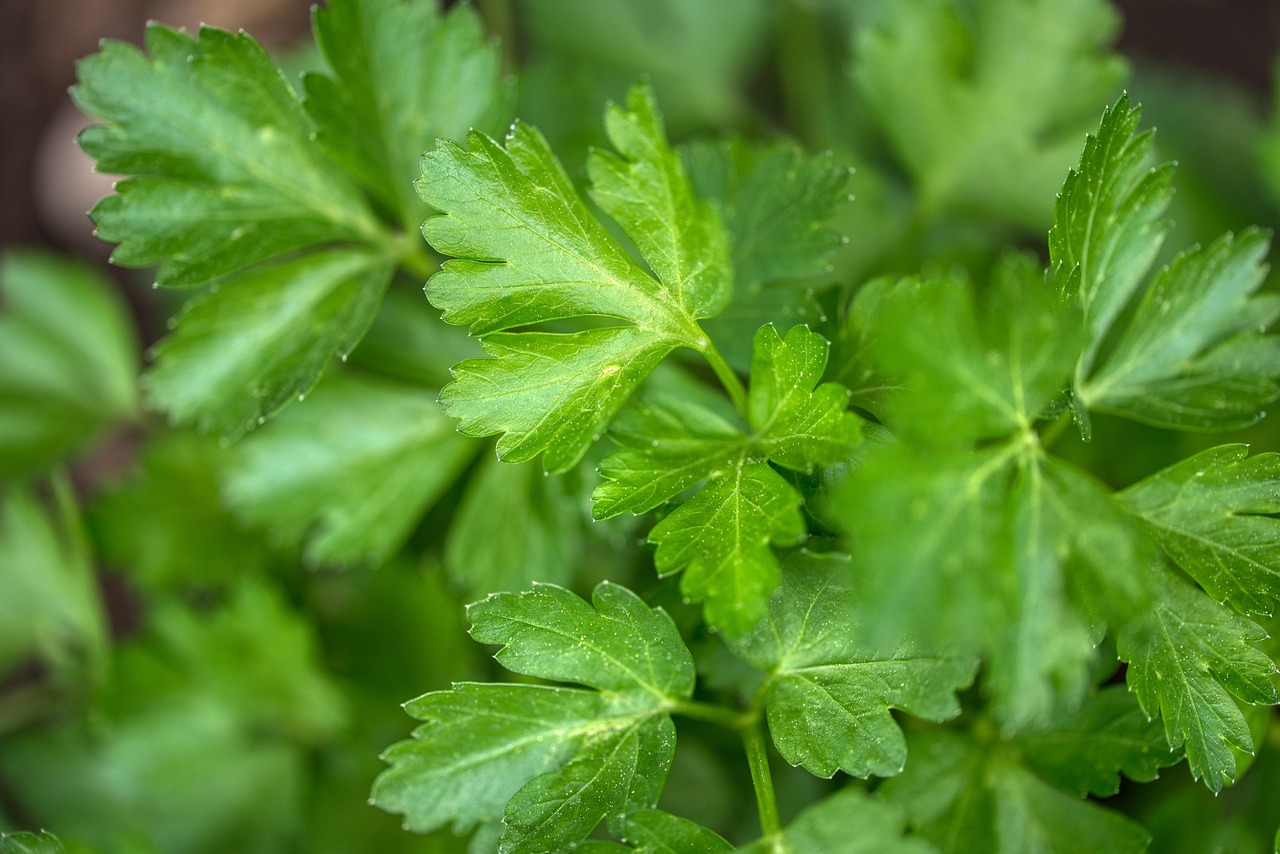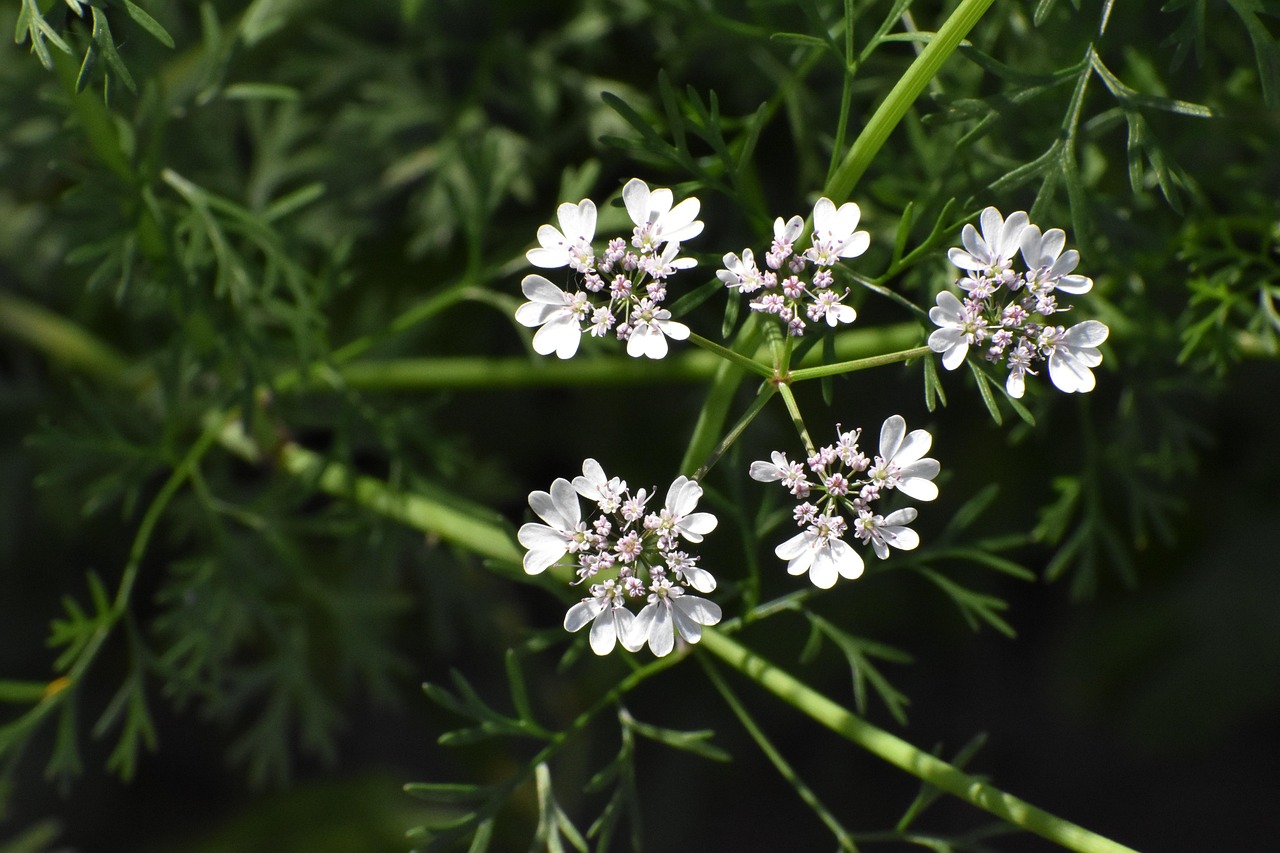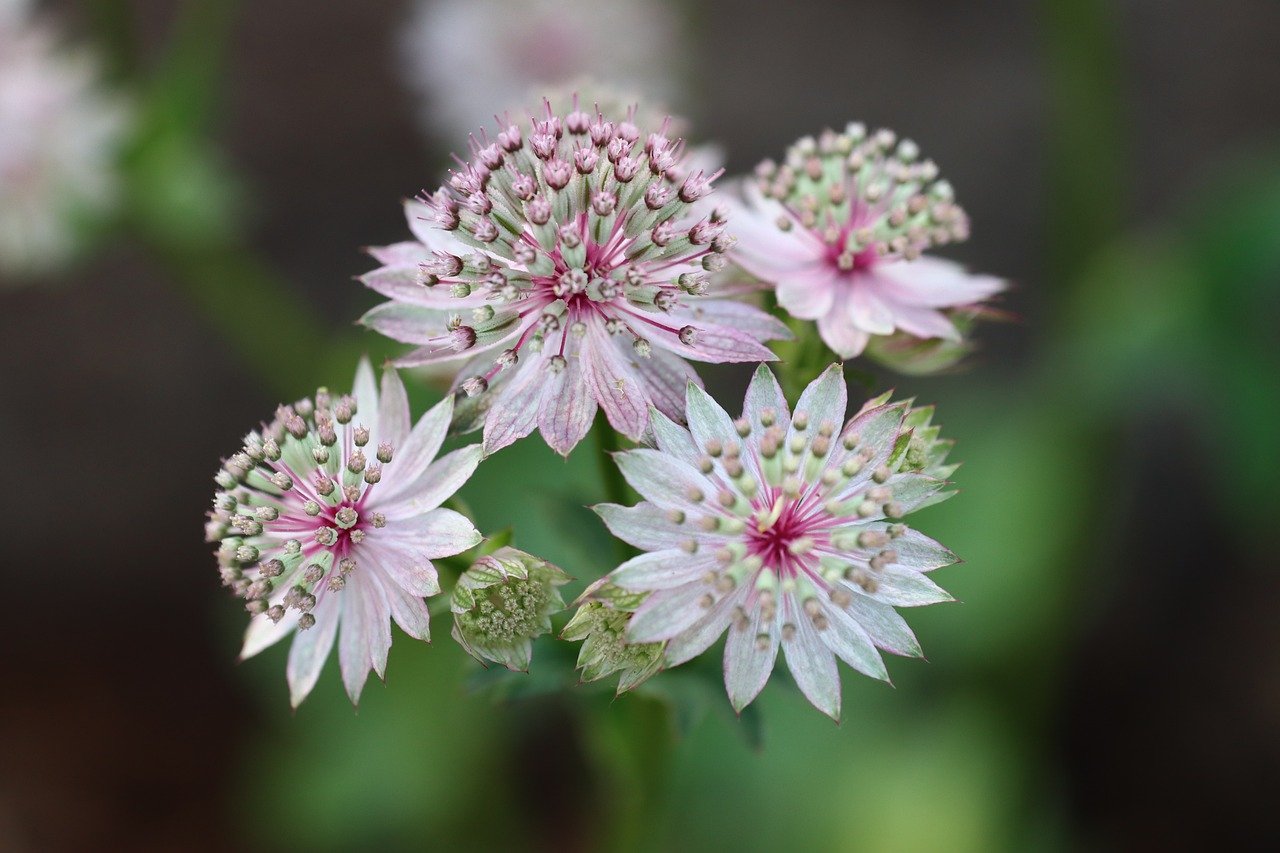Chervil|The Spring Herb Loved by the Ancient Romans
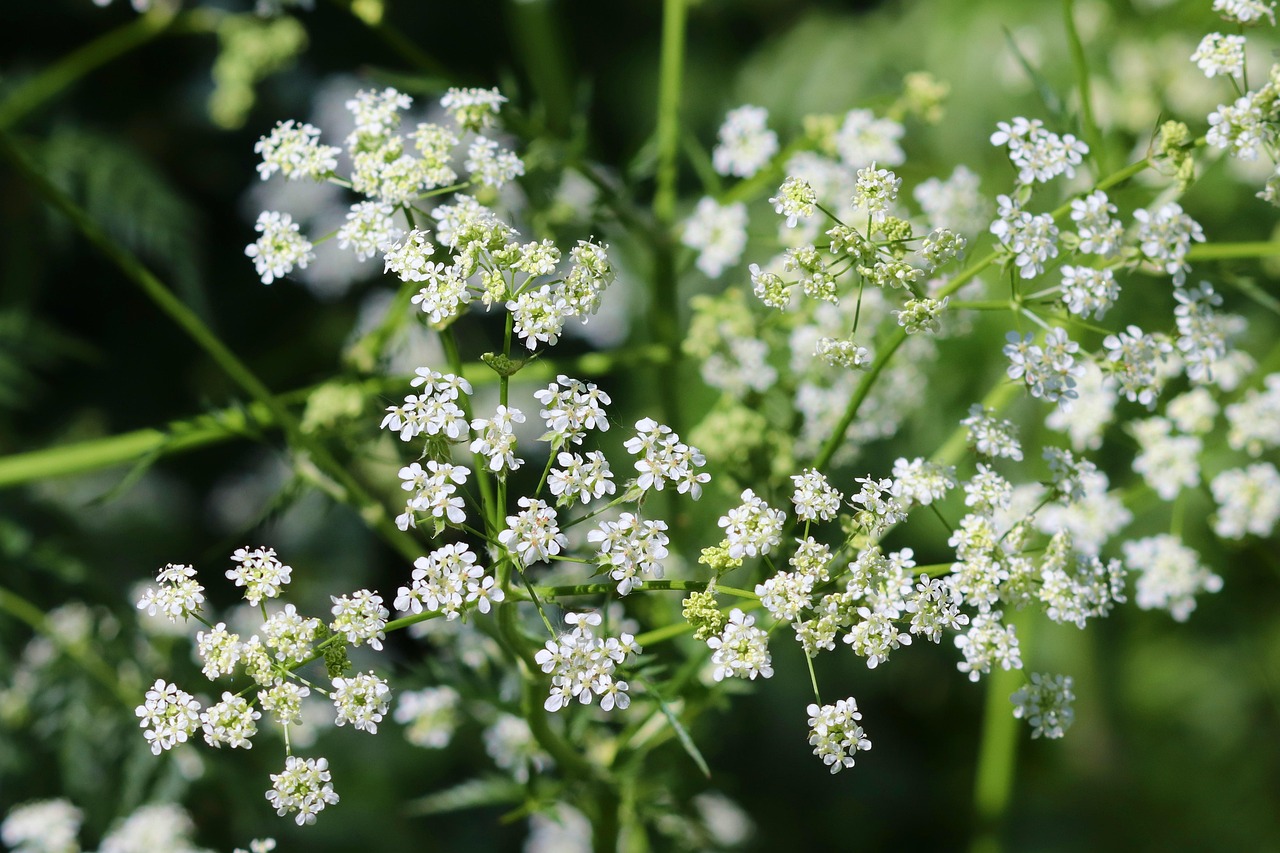
Chervil is an annual herb characterized by its delicate, feathery leaves and modest white flowers. It has long been cultivated as a garden herb, and its fine foliage is also appreciated as an ornamental plant in gardening.
In this article, I will introduce the essential information about chervil, its cultural and historical background, and key points for cultivation.
Basic Information
- Scientific name: Anthriscus cerefolium
- Family: Apiaceae
- Origin: Southeastern Europe to Western Asia
- Appearance: Chervil grows to a height of about 30–60 cm. It has finely divided, bright green leaves and produces small white flowers from spring to early summer. The flowers form an umbel, showing a subtle beauty similar to other plants of the Apiaceae family.
- Blooming season: April–June
Cultural Significance Around the World
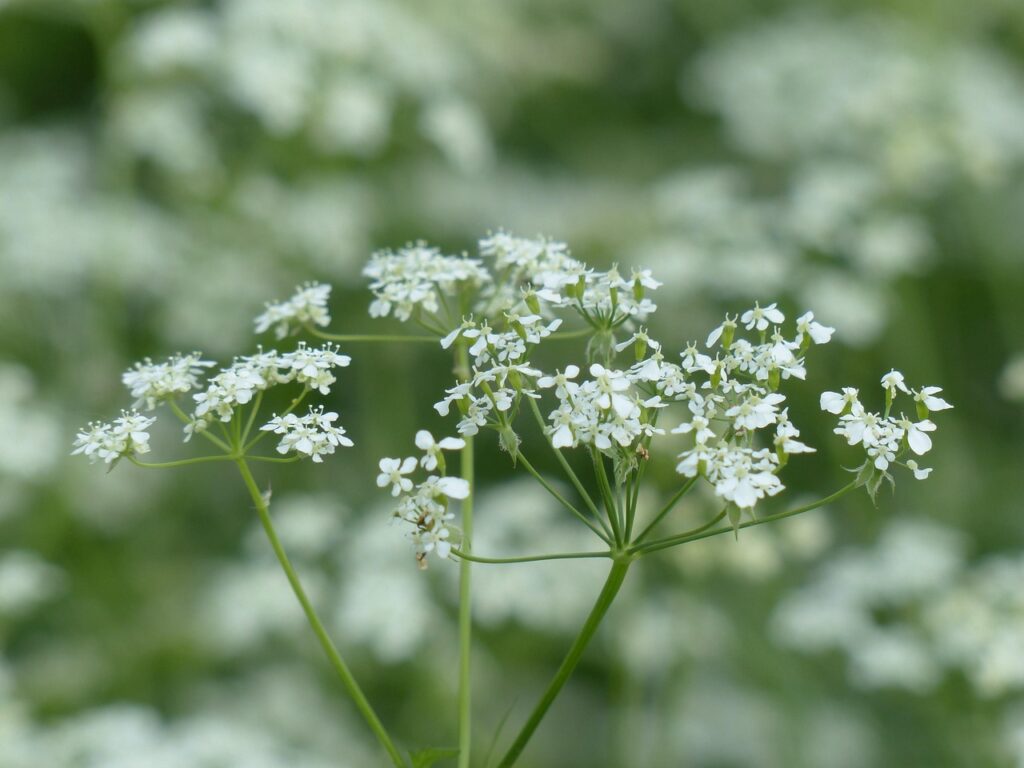
Chervil has been cherished in European garden culture not only as an ornamental plant but also as an accent in garden design.
In France, it is widely cultivated in gardens and home vegetable plots as part of the fines herbes. Its delicate appearance highlights other plants in the garden and makes it a classic choice for herb gardens.
In the United Kingdom, it is recognized as a familiar household plant and is used to create natural landscapes.
Historical Background
The history of chervil cultivation dates back to ancient Rome. The Romans grew chervil in gardens and around their homes, admiring its beautiful foliage and using it decoratively.
In medieval Europe, it was cultivated in monastery gardens, where monks valued it both as an herb and as an ornamental plant.
There are also records of its spread from Europe to other regions via the Silk Road, expanding its value as part of East–West cultural exchange.
Gardening Advice
Chervil is easy to grow and can be enjoyed both in gardens and in pots. Below are some key tips for cultivation:
Sunlight
Prefers partial shade. Avoid strong direct sunlight; cooler conditions help maintain vibrant leaves.
Watering
Water generously when the soil surface dries, but take care in poorly drained soil, as roots are prone to rot.
Soil
Thrives in fertile, well-drained soil. Mix in compost or humus when planting.
Fertilization
Apply diluted liquid fertilizer once or twice a month during the growing season to promote healthy foliage.
Pruning
After flowering, cut back the stems to encourage vigorous new growth.
Conclusion
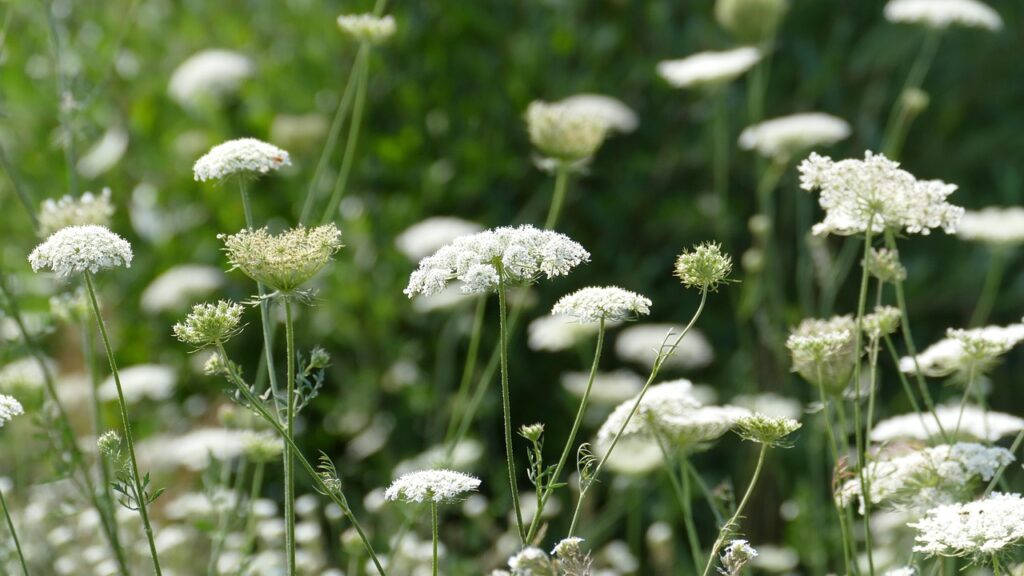
Chervil is a herb distinguished by its delicate leaves and modest white flowers.
It has been cherished in European gardens and home plots throughout history, and its beauty continues to be appreciated today.
Since it prefers partial shade, it pairs well with other plants and is easy to grow even for beginners. Cultivating chervil in gardens or pots allows one to enjoy its natural charm.



